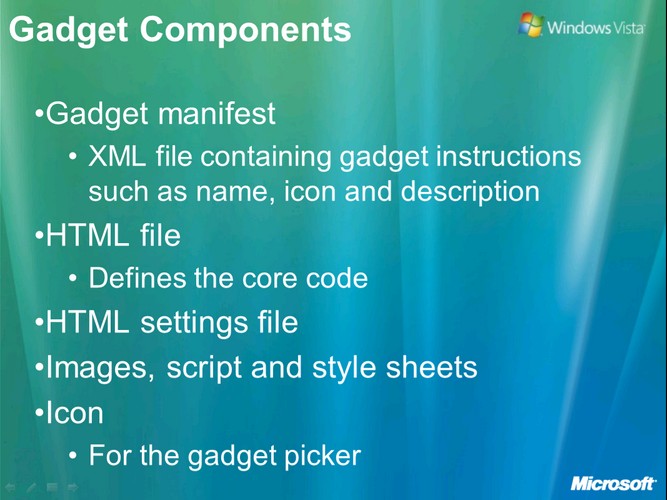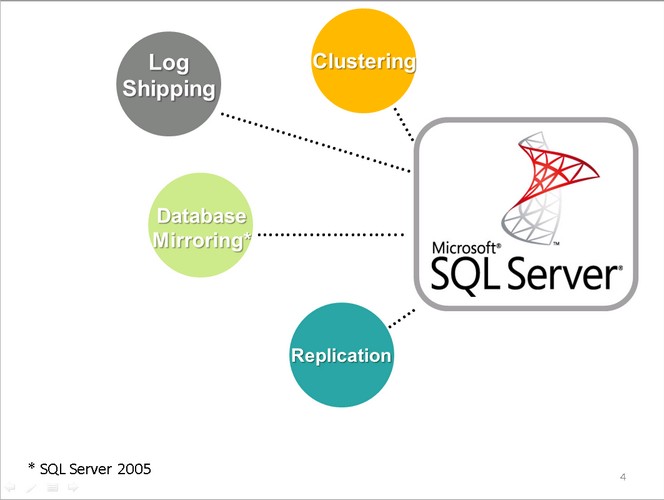I’m a big fan of personal development and growth. Which is why I am dedicated to lifelong learning and continuous growth and help individuals and organizations do the same thing. But in order to validate growth, we need to measure our progress. William Thomson, more commonly known as Lord Kelvin, was famous not only for the unit of measurement for temperature he came up with but also from the quote that I commonly hear from a lot of process-oriented professionals.
“If you can not measure it, you can not improve it.“
The problem with personal growth is that we don’t intentionally measure it. So, we end up guessing if there was indeed some improvement or not. And if we do see some improvement, we wonder how it came about.
A few years ago, while helping my brother-in-law look for a wedding photographer, my wife and I got in touch with the pastor-friend of ours who took up photography as a hobby. He actually was our “official” photographer during our wedding but, back then, it was just simply that – a hobby. Now, imagine that this has been about 3 years after he shot our wedding so he had almost forgotten about what he did. He specifically asked for our wedding photos to refresh his memory about what camera and, probably, the techniques he used. He was surprised when he saw our wedding photos. In fact, he started criticizing the lighting, the composition and anything he could possibly bash at (he didn’t physically assaulted the photos). Strikingly, it led him to say, “Did I actually take these photos?” Obviously, he saw the difference between what he did back then and what he was doing now. But definitely not before seeing our now 3-year-old wedding photos.
I was in the same boat as our pastor-friend was these past few days as I was preparing for a presentation. I do a lot of research and preparation before I deliver a presentation and, surprisingly while searching for a sample PowerPoint slide online, I stumbled upon a slide deck that got uploaded for reference. It was mine and it was about 4 years old. And, I did ask the same question, “Did I actually create and deliver this presentation?” To prove my point, I took a slide from that deck and a similar one from a more recent deck. You be the judge.
versus
It’s pretty obvious that there is indeed a big difference. But that also comes as a result of a 4-year difference. A better way to measure growth is to do a before-and-after comparison even as you take small, simple steps. Here’s how you may want to do it.
- Build a growth plan. This is a must. You can never measure your growth if you didn’t have anything in the first place. It’s like building a house without a blueprint. Your growth plan has to be specific because every goal is different. For example, I have a growth plan for developing my technical skills. That is relatively different from my growth plan to develop my leadership skills and my presentation skills. Software Engineer and author Sid Savara has outlined how you can come up with a personal development plan. The key word here is personal. It has to be your own and not someone else’s.
- Create milestones on your plan. Once you have a growth plan going, you need to set up milestones on those plans. We use milestones on the road to tell us how far we’ve gone on our travel. Same thing with our growth plan. You can break down your growth plan into sections and define a milestone after completing a section. Those milestones will definitely tell you how far you’ve gone into your growth plan. Trust me when I tell you that they prove to be great motivators.
- Do the measurement yourself. You’ve got a plan and you’ve created milestones on your plan. Now you work though it and measure your progress – even how small they seem to be. You’d see fitness professionals tell you to hop on to that weighing scale every day and record what you see. Measurement is a great way to tell you that what you’re doing is indeed making sense because you’re getting results. I measure the amount of time it takes to deliver a presentation by rehearsing to make sure I don’t go beyond the allotted time. I measure how many leadership and business books I read to see if I’m hitting my goal. And since you defined the metrics, you know what to measure. However, be careful in choosing the right metrics. Most people just measure without understanding the right metrics. If I’m just counting the number of books I read, they’ll just be that – numbers. Aside from that metric, I measure the impact of the book in my life by applying key principles I’ve learned. And there is a separate metric for that. That’s why it is important to define the proper and relevant metric so that you don’t end up just recording numbers.
- Let others measure. This is a scary one. Most people don’t even want others to know that they have a growth plan, let alone asking to be evaluated or criticized. That’s why you need to carefully choose the right people to enlist in your growth plan. This not only gives you the support you need to keep going but also the right perspective when measuring your growth. Being too close to your growth plan sometimes gives you too much familiarity that you tend to lose sight of other perspectives. When I started measuring how I was doing when it comes to preparing and delivering presentations, I thought I was going nowhere. I kept looking at previous presentations while working on a current one and end up getting frustrated because I don’t see any progress. That’s because I’m way too familiar with what I’m doing. Only when I started asking for feedback from others that I got the sense that I was indeed making progress. I wasn’t seeing what they saw and they did provide the right perspective. But it wasn’t easy doing it the first time.
As you’re on your way to growing on a regular basis, remember to take measurements along the way. You’ll be surprised at how far you’ve gone. I’d like to hear how you’re measuring your growth. You can leave a comment below.


Please note: I reserve the right to delete comments that are offensive or off-topic.